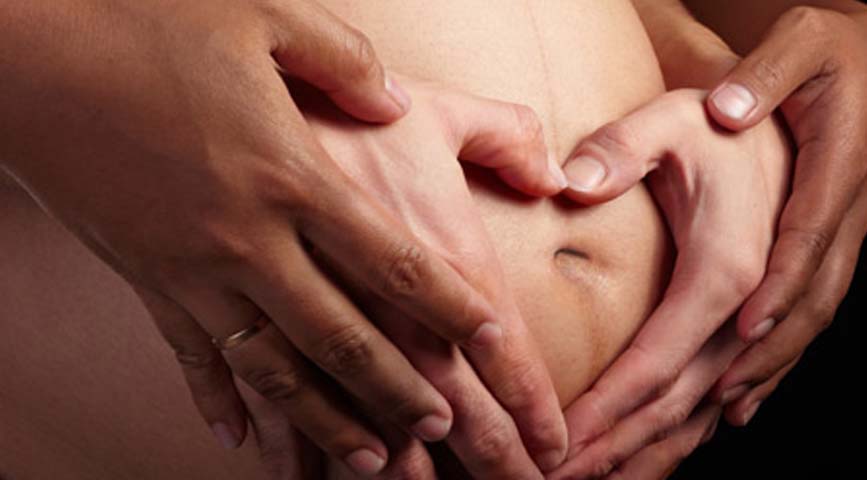
Ways To Ward Off Warts
Cauliflowers are delicious, but we’re sure you will never want them on your skin. Why? These cauliflower-like bumps come in the form of warts – small growths or tumours on the skin caused by a virus.
Usually painless, rough and bumpy, warts may vary depending on the area where they grow. If your skin surface is thickened and rough with tiny, dark dots present, it may be warts.
Causes of warts
Warts are formed by numerous strains of the human papillomavirus (HPV). Due to its viral nature, warts are contagious and they spread from one part of the body to another, or even to another person.
How it spreads
The virus may enter through broken skin or a recent injury. Infection may occur through direct contact with an infected person, or when the skin has direct contact with the virus in moist environments, like shared toilets and lockers.
The virus may be incubated and remain inactive in the body for one to eight months before warts appear. They begin as small, slightly scaly lesions, and repeated irritation and friction may cause an increase in the affected area.
This will ultimately cause some discomfort, especially when warts appear in areas where pressure is applied.
Common types of warts
The 3 common types of non-genital warts are namely common, plantar and flat warts.
Common warts
Common warts range from grey to flesh-coloured and are formed on the hands, fingers and sometimes, face. They are raised and covered in rough, horn-like projections.
Plantar warts
Plantar warts develop on the soles of the feet, commonly on weight-bearing areas like the sole of the heel, and just behind the toes. They grow into the skin due to constant pressure on the area where it is located, and tend to cause more pain and discomfort.
The lesion is usually grey and fragile, with thick skin surrounding it, making it more difficult to treat.
Flat warts
Also known as juvenile warts, flat warts are most commonly found on the face, neck, the back of the hands, wrists and knees. They are small, individual bumps that may spread on the face or on areas where they are present.
Treatment for warts
Though some warts may disappear spontaneously without treatment, others may be recurring.
Currently, there isn’t a specific treatment for warts, but there are ways to help relieve pain and remove warts.
Salicylic acid
For the self-treatment of common and plantar warts, topical salicylic acid has been proved to be safe and effective. Salicylic acid helps to slough off the upper layer of the skin and remove the wart.
Cryotherapy
Cryotherapy, or freeze treatment, is another option for the treatment of warts. Liquid nitrogen, a very cold substance, is applied to the skin, causing the formation of blisters which raise the wart.
The wart may fall off a few days after the blisters dry. There may be a slight pain when liquid nitrogen is applied, hence it is important that the therapy is only performed under a dermatologist’s supervision.
Laser therapy
During this therapy, intense light rays are applied to the wart, heating the tissue and vaporising it, and ultimately removing it.
Surgical removal
Surgical removal may be necessary when all other methods fail. The surgery may involve cutting out and removing the wart directly from the skin, which requires the supervision of a physician.
Things to note when self-treating warts
Treating warts at the comfort of your home is definitely convenient, but there are a few pointers you’ll need to keep in mind.
- Always wash hands prior to and after touching the warts
- Use a specific towel to dry the affected area and a different towel for the other parts of the body
- Do not probe, poke or cut the wart
- After treatment, wash the affected area with a disinfectant and cover with plasters or suitable dressings
This prevents infection and promotes wound-healing - Self-treatment is not recommended for warts on the face, toenails, fingernails, anus and genital areas
- Self-treatment for warts is not recommended on children below 4 years old, pregnant or breast-feeding women, or people with other chronic diseases
- Self-treatment is not recommended when there are numerous and extensive warts on one area of the body
How to prevent warts
Practising good hygiene is the best way to prevent warts! Here are some tips you may find useful:
- Avoid touching warts on other uninfected areas
- Always wash hands after touching warts
- Wear slippers when using communal showers or locker rooms
- Open wounds and injuries should be well-managed and protected
Related Post
Submit a Review






